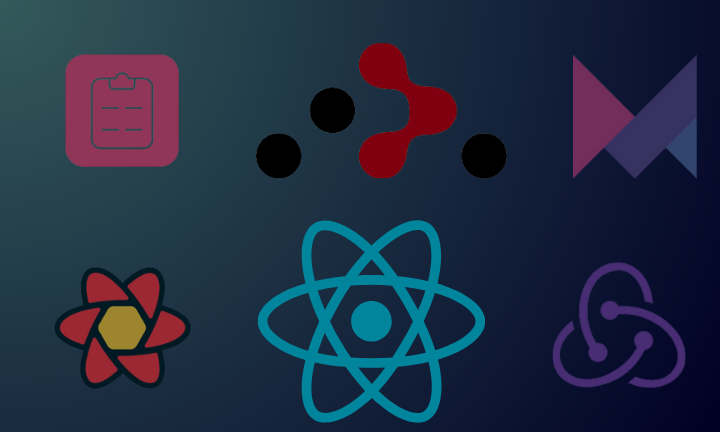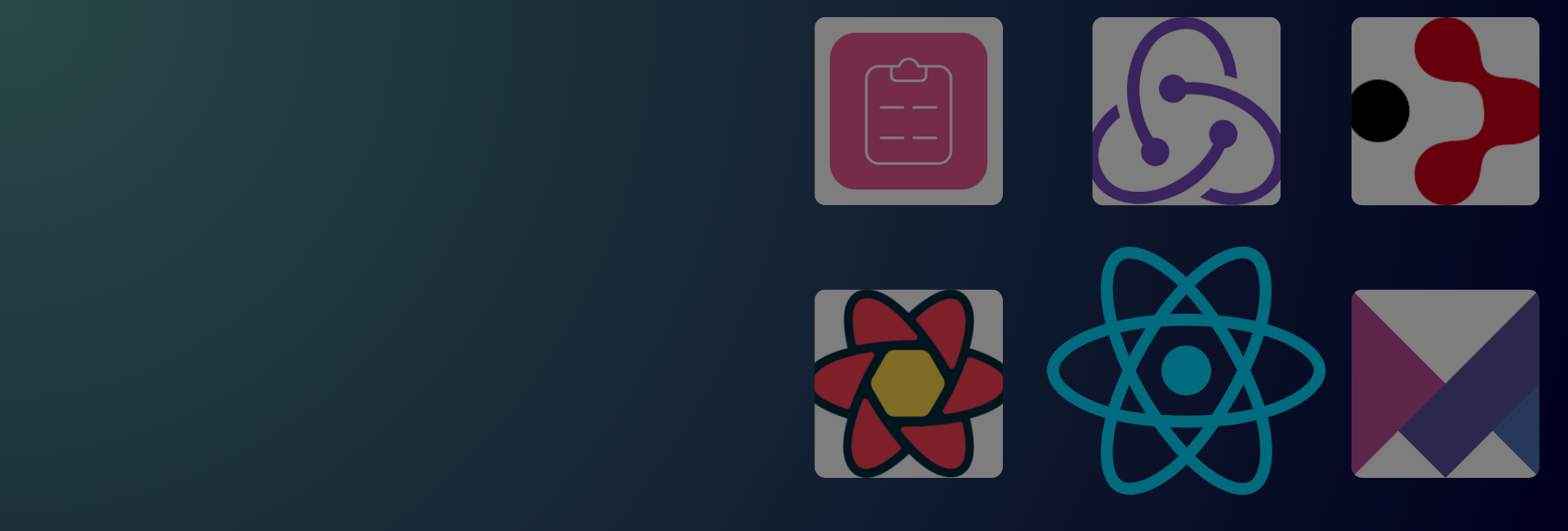As React continues to dominate the front-end development landscape, its ecosystem of libraries has grown exponentially, offering developers a powerful arsenal of tools to build robust, efficient, and innovative applications. With over 10 million weekly downloads and 200,000+ stars on GitHub, React’s popularity shows no signs of waning. But with thousands of libraries available, knowing which ones to integrate into your projects can be overwhelming.
Imagine building a house: React is the sturdy foundation, but it’s the tools and materials—like power drills, specialized saws, and premium wood—that enable you to construct something truly remarkable. Similarly, the right React libraries can transform a basic app into a dynamic, scalable, and user-friendly experience.
In this blog, we’ll explore the top 17 React libraries every developer should try in 2024 and beyond. Whether you’re looking to enhance state management, streamline form handling, or add eye-catching animations, these libraries are poised to be game-changers in your software product development workflow. Backed by cutting-edge features and widespread community support, they will not only save you time but also help you deliver superior user experiences. Stay ahead of the curve by integrating these essential tools into your React projects as you prepare for the future of development.
Here are Top 17 React Libraries Every Developer Should Try in 2024 & Beyond
1. React Router
React Router is an essential library for any React developer, allowing you to implement dynamic routing in your applications. With features like nested routes, route protection, and lazy loading, React Router enables you to create complex and scalable applications with ease. The latest versions offer hooks for more intuitive routing management, making it even more powerful.
2. Redux Toolkit
State management is a critical aspect of React applications, and Redux remains a popular choice. Redux Toolkit simplifies the process of setting up and using Redux, reducing boilerplate and making it easier to manage complex states. With features like createSlice, configureStore, and createAsyncThunk, Redux Toolkit is the modern way to use Redux efficiently.
3. React Query
Managing server-state and API calls can be cumbersome, but React Query takes the hassle out of it. React Query simplifies data fetching, caching, synchronizing, and updating in your React apps. It provides out-of-the-box support for retries, polling, and background data synchronization, making your application more responsive and resilient.
4. Emotion
When it comes to styling in React, Emotion is a library that offers both CSS-in-JS and styled components capabilities. It is known for its performance and flexibility, allowing you to style components with powerful and dynamic styles. Emotion’s utility is further enhanced by its compatibility with server-side rendering (SSR) and static site generation (SSG).
5. Framer Motion
Animations can greatly enhance the user experience, and Framer Motion is one of the best libraries for adding delightful animations to your React applications. It provides a simple API for creating complex animations, including gestures, drag-and-drop, and dynamic transitions. With Framer Motion, you can create fluid, interactive experiences with minimal effort.
6. React Hook Form
Form handling is a common but often tricky task in React. React Hook Form simplifies form validation and data handling using React hooks. It is lightweight and provides high performance by minimizing re-renders, making it ideal for building forms in large-scale applications.
7. Next.js
Next.js is a powerful React framework that offers features like server-side rendering, static site generation, and API routes out of the box. It’s perfect for building SEO-friendly, fast-loading applications. With its recent enhancements, such as the App Router and React Server Components, Next.js is a must-try for any React developer in 2024.
Ready to level up your React development game?
Discover how to streamline your workflow, enhance performance, and build exceptional React applications.
8. React Testing Library
Testing is crucial for maintaining the quality of your code, and React Testing Library has become the go-to solution for testing React components. It emphasizes testing from the user’s perspective, making your tests more reliable and your code more robust. With its simple API and powerful utilities, you can write meaningful tests without getting bogged down in implementation details.
9. Formik
Formik is another excellent library for handling forms in React. It simplifies form validation, error messages, and submission processes, making form management more straightforward. It integrates well with Yup for schema-based validation and offers great flexibility and ease of use.
10. React Spring
If you’re looking for a library that combines simplicity with power for animations, React Spring is a fantastic choice. It leverages physics-based animations to create natural-looking motion, making your UI interactions more engaging. React Spring works well with React hooks, giving you fine control over animations and transitions.
11. React i18next
For applications that need to support multiple programming languages, React i18next is a robust solution for internationalization. It provides seamless integration with the i18next ecosystem, making it easy to translate your React apps. With features like lazy loading translations, language detection, and nested translations, React i18next simplifies the complex task of localization.
12. React DnD (Drag and Drop)
For building complex drag-and-drop interfaces, React DnD is the go-to library. It offers a comprehensive API for creating draggable and droppable components, handling complex interactions with ease. Whether you’re building a kanban board, a sortable list, or a file uploader, React DnD provides the tools you need.
13. React-Select
React-Select is a flexible and customizable library for building dropdowns in React. It supports features like single and multi-selection, async options, and advanced accessibility. React-Select is highly customizable with themes and styles, making it easy to match the look and feel of your application.
14. Chakra UI
Chakra UI is a simple, modular, and accessible component library that gives you all the building blocks you need to build your React applications. It comes with a set of pre-styled components that are easy to customize and extend. Chakra UI also focuses on accessibility and responsive design, making it a great choice for building mobile applications.
15. Storybook
Storybook is an essential tool for developing and documenting UI components in isolation. It allows you to build, test, and showcase components independently, ensuring they work as expected before integration. With its extensive addon ecosystem, Storybook enhances your development workflow, making it easier to create robust and reusable components.
16. React Cosmos
React Cosmos is a library for building, testing, and debugging React components in isolation. It helps developers visualize how components behave with different states and props, enhancing productivity and component quality in large-scale applications.
17. Recoil
Recoil is a state management library for React, offering a more flexible and scalable approach than traditional options like Redux. It enables efficient state sharing across components, improving performance with minimal boilerplate and offering an easy-to-use API.
Conclusion
These 17 React libraries represent some of the most powerful and innovative tools available in 2024 and beyond. Whether you’re managing state, handling forms, creating animations, or building complex UI components, these libraries will help you streamline your development process and enhance the quality of your applications. As the React ecosystem continues to evolve, staying up-to-date with these libraries will ensure that you’re well-equipped to tackle any challenge in your projects

